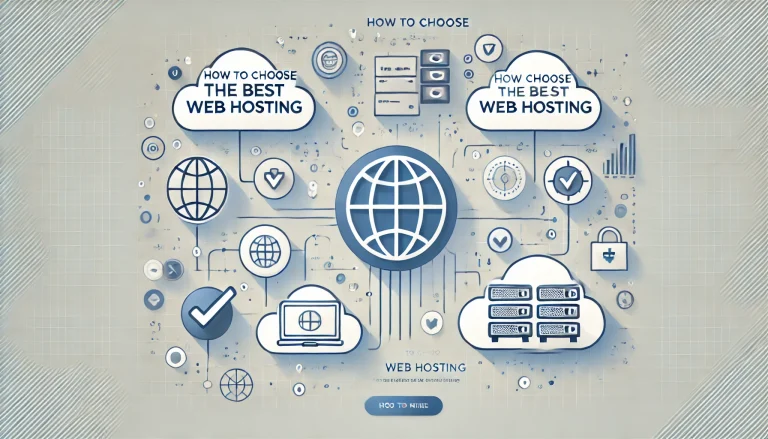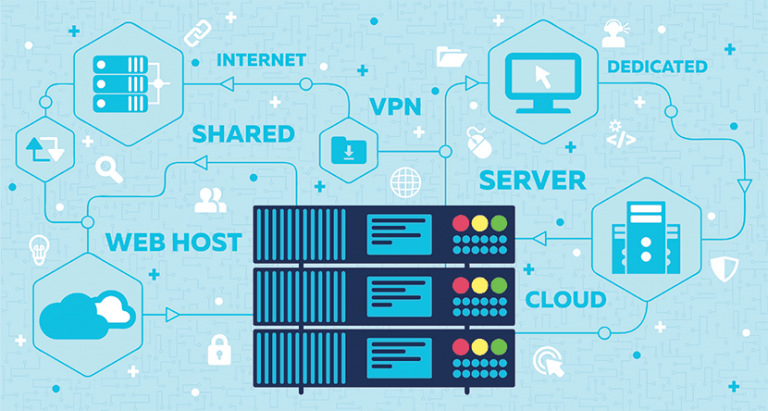Website Security: Protecting Your Digital Presence

In today’s digital age, website security has become a paramount concern for businesses and individuals alike. With cyber threats evolving at an unprecedented pace, ensuring the safety of your website is not just an option—it’s a necessity. From protecting sensitive data to maintaining the trust of your users, robust website security practices can safeguard your digital presence against a myriad of threats.
Table of Contents
Understanding Website Security
What is Website Security?
Website security refers to the protective measures and protocols implemented to safeguard websites from cyber threats and unauthorized access. These measures encompass a wide range of practices, including securing the web server, implementing strong authentication protocols, and protecting against data breaches.
Website security aims to protect the integrity, confidentiality, and availability of your data. It involves using tools and techniques designed to defend against various threats, such as malware, hacking, and other cyber-attacks.
Common Threats to Website Security
Websites face numerous threats, each with the potential to cause significant damage. Common threats include:
- Malware: Malicious software designed to disrupt, damage, or gain unauthorized access to computer systems.
- Phishing Attacks: Fraudulent attempts to obtain sensitive information by masquerading as trustworthy entities.
- DDoS Attacks: Distributed Denial of Service attacks that overwhelm a website with traffic, rendering it unusable.
- SQL Injection: A code injection technique used to attack data-driven applications by inserting malicious SQL statements into a query.
- Cross-Site Scripting (XSS): A vulnerability that allows attackers to inject malicious scripts into webpages viewed by others.
Understanding these threats is the first step towards implementing effective security measures.
Why Website Security Matters
Impact of Security Breaches on Businesses
A security breach can have devastating effects on a business. Financial loss, reputational damage, and legal consequences are just a few of the repercussions that can follow a cyber-attack. For instance, a data breach exposing customer information can lead to loss of trust and a decline in customer base, which can be difficult to recover from.
Legal and Financial Implications
Businesses are often required by law to protect customer data. Failure to comply with regulations like GDPR (General Data Protection Regulation) or CCPA (California Consumer Privacy Act) can result in hefty fines and legal action. Moreover, the financial burden of addressing a security breach—covering the costs of forensic investigations, legal fees, and compensations—can be substantial.
Best Practices for Website Security
Regular Software Updates
Keeping all software up to date is one of the simplest yet most effective ways to protect your website. This includes the content management system (CMS), plugins, themes, and any other software used on your site. Updates often include patches for security vulnerabilities discovered in previous versions.
Strong Password Policies
Implementing strong password policies is crucial. Passwords should be complex, unique, and changed regularly. Encouraging the use of password managers can help users maintain strong passwords without the hassle of remembering them.
Secure Hosting Services
Choosing a reliable hosting service with robust security measures can significantly reduce the risk of attacks. Look for hosting providers that offer features like SSL certificates, daily backups, and 24/7 monitoring.
SSL Certificates
SSL (Secure Sockets Layer) certificates encrypt data transmitted between the user’s browser and your server, making it difficult for attackers to intercept and tamper with the information. Having an SSL certificate is essential for protecting sensitive data and boosting your site’s credibility.
Web Application Firewalls (WAF)
A WAF is a security system that monitors and filters incoming traffic to your website. It helps protect against common threats like SQL injection, XSS, and other vulnerabilities by blocking malicious traffic.
Advanced Security Measures
Multi-Factor Authentication (MFA)
MFA adds an extra layer of security by requiring users to provide two or more verification factors to access an account. This can include something they know (a password), something they have (a mobile device), and something they are (biometric verification).
Regular Security Audits
Conducting regular security audits helps identify vulnerabilities and ensure that security measures are effective. These audits can be performed internally or by third-party security experts.
Penetration Testing
Penetration testing involves simulating cyber-attacks on your website to identify weaknesses before malicious hackers do. This proactive approach allows you to fix vulnerabilities and strengthen your security posture.
Intrusion Detection Systems (IDS)
An IDS monitors network traffic for suspicious activity and potential threats. It can alert administrators to any unusual behavior, enabling a swift response to potential attacks.
Protecting Against Common Threats
Mitigating DDoS Attacks
DDoS attacks can cripple your website by overwhelming it with traffic. To mitigate these attacks, use content delivery networks (CDNs) and DDoS protection services that can distribute the traffic load and block malicious traffic.
Preventing SQL Injection
To protect against SQL injection, ensure that your web applications use parameterized queries or prepared statements. This practice prevents attackers from inserting malicious SQL code into your database queries.
Securing Against Cross-Site Scripting (XSS)
To prevent XSS attacks, validate and sanitize user inputs, and use security features like Content Security Policy (CSP) headers. These measures help ensure that user inputs do not contain malicious scripts.
Monitoring and Maintenance
Real-Time Monitoring Tools
Utilize real-time monitoring tools to keep an eye on your website’s activity. These tools can detect suspicious behavior, alert you to potential threats, and help you respond quickly to mitigate damage.
Regular Backups
Regularly backing up your website ensures that you can quickly restore your site in case of a security breach. Store backups in secure, off-site locations and test them periodically to ensure they work correctly.
Incident Response Plans
Having a well-defined incident response plan is crucial for handling security breaches effectively. The plan should outline steps for identifying, containing, eradicating, and recovering from security incidents.
Training and Awareness
Educating Employees on Security Practices
Employee awareness is a key component of website security. Regular training sessions on security best practices and the latest threats can help prevent human errors that could lead to breaches.
Staying Updated with Security Trends
The cybersecurity landscape is constantly evolving. Staying informed about the latest threats and security trends can help you proactively protect your website against emerging risks.
Choosing the Right Security Tools
Evaluating Security Software Options
There are numerous security tools available, each with its strengths and weaknesses. Evaluate different options based on your specific needs, and choose tools that offer comprehensive protection.
Integrating Security Plugins
For websites built on platforms like WordPress, security plugins can add an extra layer of protection. Plugins like Wordfence, Sucuri, and iThemes Security offer features such as malware scanning, firewall protection, and real-time monitoring.
Case Studies of Security Breaches
Notable Security Breaches and Lessons Learned
Analyzing past security breaches can provide valuable insights into effective security practices. For example, the Equifax breach of 2017, which exposed the personal data of 147 million people, highlighted the importance of timely software updates and proper patch management.
Best Practices Derived from Past Incidents
By studying these breaches, businesses can learn to implement best practices such as regular security assessments, employee training, and robust incident response plans.
Future of Website Security
Emerging Threats and Technologies
As technology advances, so do cyber threats. Staying ahead of these threats requires adopting new technologies and approaches. For example, quantum computing and blockchain technology offer potential solutions for enhancing website security.
The Role of AI and Machine Learning in Security
Artificial intelligence (AI) and machine learning are playing increasingly significant roles in cybersecurity. These technologies can analyze vast amounts of data to detect patterns and anomalies, helping identify potential threats before they cause harm.
FAQs
What is the importance of SSL certificates?
SSL certificates encrypt data transmitted between the user’s browser and your server, enhancing security and trust.
How often should I update my website software?
Regular updates are crucial; ideally, you should update your software as soon as new versions are released to patch security vulnerabilities.
What are some common indicators of a security breach?
Unusual traffic patterns, unexpected login attempts, and changes to website content are common indicators of a breach.
How can I protect my website from DDoS attacks?
Using CDNs and DDoS protection services can help distribute traffic and block malicious attempts to overwhelm your site.
Why is employee training important for website security?
Employees are often the first line of defense. Proper training can prevent human errors that may lead to security breaches.
What role do security plugins play for WordPress sites?
Security plugins add an extra layer of protection by offering features like malware scanning, firewall protection, and real-time monitoring.
Conclusion
Website security is a dynamic and critical aspect of managing an online presence. By understanding the threats, implementing best practices, and staying vigilant, businesses can protect their websites from potential attacks. Regular updates, strong authentication measures, and employee training are essential components of a robust security strategy. As cyber threats continue to evolve, staying informed and proactive is key to maintaining a secure and trustworthy website.






